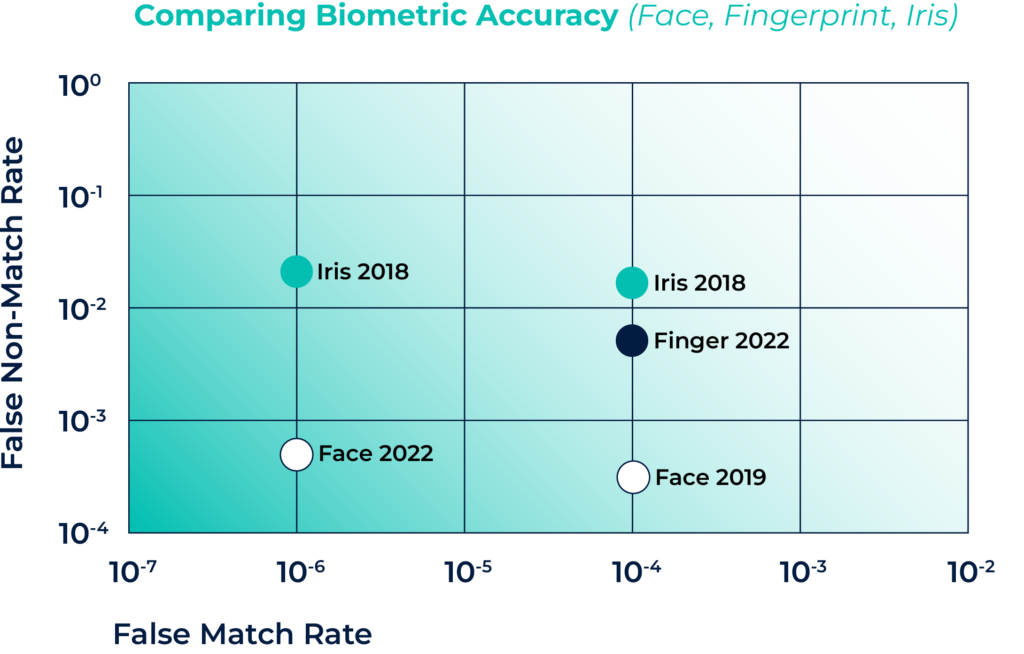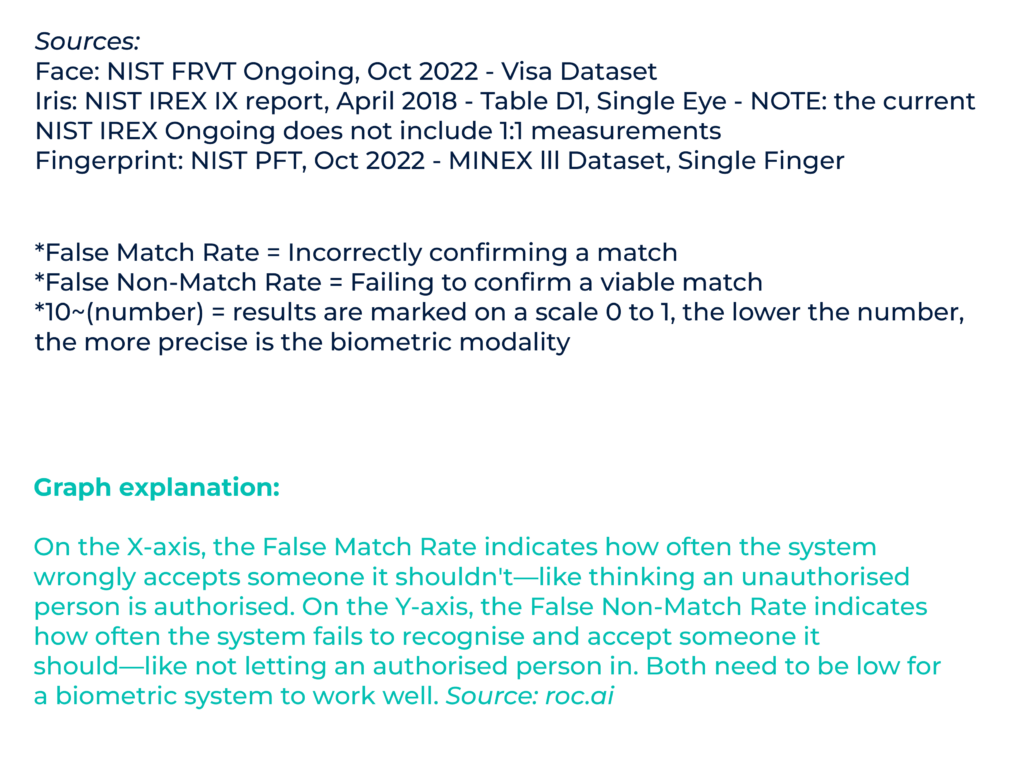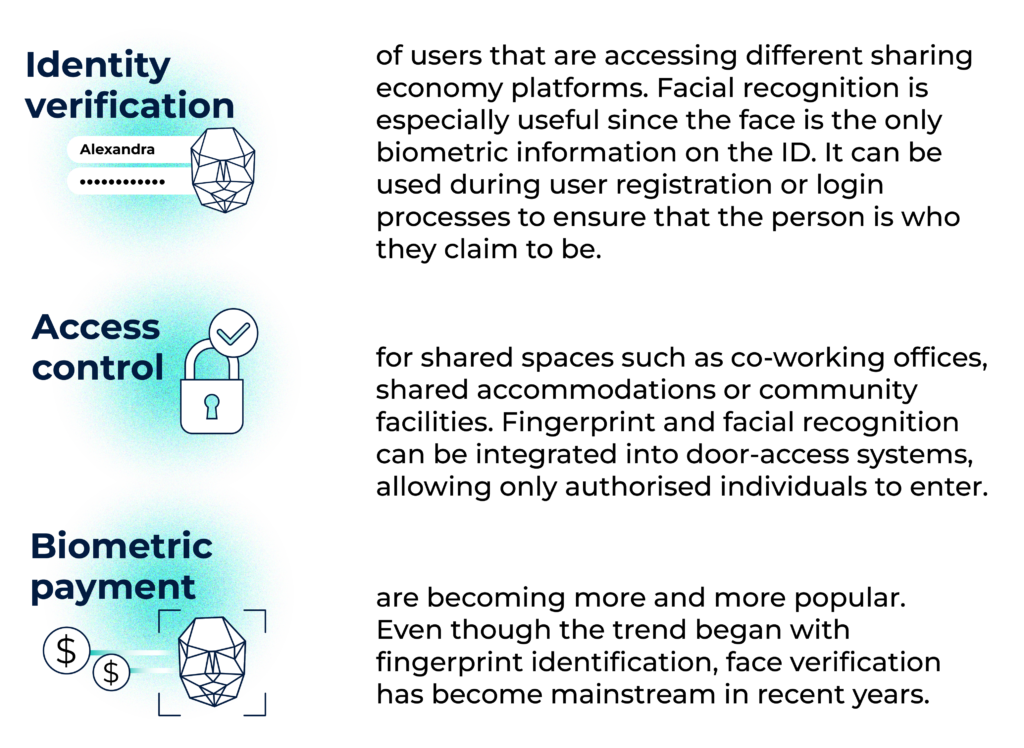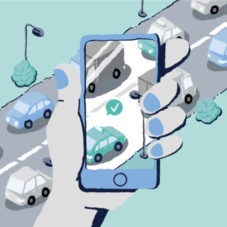“Thanks to powerful servers, training a face recognition algorithm now takes just ten days instead of a year,” says R&D lead Jakub Sochor

Jakub Sochor
R&D lead at Innovatrics
For decades, fingerprint recognition has been the holy grail of secure biometric authentication. Yet, with the rapid progression and widespread acceptance of facial recognition, is there a new frontrunner?
According to Jakub Sochor, R&D lead at Innovatrics, there’s no clear-cut answer: “It’s difficult to precisely compare different biometric modalities as we’d need to have a large and varied dataset and test different identification and verification modalities on the same people,” he explains.
A non-profit organisation called Thorn, for example, uses facial recognition to scan online ads to spot underage victims of sex trafficking, while in counter-terrorism, facial recognition software frequently reduces the time needed to generate vital early leads.
One factor that might point towards the superiority of fingerprint recognition is that most people have ten fingerprints, all of which are unique, and identifying a combination of them has proven to give the most accurate results.


On the other hand, facial recognition works faster when used to unlock devices or doors. This is because the algorithm doesn’t require any action, such as touching the sensor with a fingertip. Such actions may also be uncomfortable to some people due to hygiene, especially in a shared environment. Not requiring any physical action also makes face recognition more convenient in cold weather and more inclusive for people with disabilities.
Having said that, the performance of facial recognition can falter in bad conditions like improper lighting and low-quality images.
From a security perspective, facial recognition used to be quite easy to fool using tricks such as masks or printed images of a person’s face, but the development of liveness detection has addressed this, meaning facial recognition is now equally secure as fingerprint.
A huge advantage of facial recognition, and one which is particularly useful in law enforcement, emerged thanks to the deployment of CCTV cameras in public areas. Combining CCTV footage with a facial recognition algorithm can help identify criminals much faster and prevent false accusations. “However, sometimes the quality of footage may be too low to identify a suspect properly. In that case, a combination of up to ten fingerprints is much more accurate. Ideally and whenever possible, the best way is to use a multimodal approach. Fingerprint and face recognition combined provides an added layer of accuracy and thus security,” claims the R&D lead.
The modality that works best for sharing economy platforms
According to Jakub Sochor, facial recognition has the best usability for sharing economies: “If I travel and use Airbnb, for example, there is no way to verify me with fingerprints. The only biometric information on our IDs is our face, which means that it is the most user-friendly modality for these services,” he explains.
Face recognition has also proven valuable for ride-hailing apps like Uber or Bolt. These platforms utilise facial recognition to ensure the safety of their customers by periodically verifying each driver’s identity during their shifts, ensuring that the driver’s face matches the person on the ID they provided. With advanced algorithms and liveness detection, this technology can even authenticate drivers under challenging conditions, such as in low light.
Here are some examples of the protection facial recognition provides for the sharing economy:

Face is preferable among businesses
The sharing economy and huge market demand for facial recognition technology have undoubtedly driven its rapid evolution. More companies are perfecting this technology than other biometric modalities, as the face proves to be the most convenient modality for contactless verification, but also presents vast opportunities for criminal investigation and surveillance. Coupled with liveness detection, it represents a new level of safety against fraud.
The performance of facial recognition algorithms relies on three key factors: machine learning, the scale of the dataset for training (larger datasets lead to more accurate algorithms), and the computational power of the servers processing the data.
In simple terms, the better the machine learning, the better the algorithm. As artificial intelligence evolves quickly, and with powerful servers and larger datasets, we can expect even more advanced and accurate facial recognition algorithms in the future.
Read more about the accuracy and precision of the Innovatrics facial recognition algorithm here.
Quality and variability pose the biggest challenge
The question is whether the evolution of facial recognition has reached its peak. “The technology is definitely not perfect. There still are, and always will be, some false positives and negatives. That’s why it’s important not to base life-alterning decisions (e.g. prison sentence) solely on technology,” claims Jakub, who explains that although technology is progressing quickly, there are still challenges.
Firstly, there is always the issue of the quality of input. Light conditions, the source device of the image, blurred pictures, and missing parts of the face in photos can all affect the results. Lower-quality images usually signal lower chances of a correct match.
Then, there is variability. It’s important to have the largest possible variability of people in the learning dataset, which, apart from race, also means glasses, moustaches, beards, tattoos, changes in weight, age, etc.
Solutions for the challenges lie in bigger and better datasets
“We train our face recognition algorithm on huge datasets to solve these issues. For example, we use publicly available photos of US prisoners. We also rely on pictures from the internet, particularly those featuring celebrities,” says Jakub, adding that photos are downloaded automatically, with every picture having a name attributed to it for the machine to learn. “Thanks to powerful servers, training a face recognition algorithm now takes just ten days instead of a year.”
What does the training process involve? Let’s take an example of teaching the algorithm to recognise Tom Hanks. The computer downloads 50 varied photos of him for effective training. These photos span different stages of his life, including images of characters he has played in widely varied films, and as such showcase Tom Hanks with many drastically different appearances – from a desert-island castaway with a long beard to looking his best on the red carpet, and much in between. The algorithm’s task is to identify all pictures of Tom Hanks within the dataset.
Thanks to all these variations of Tom, the algorithm learns that the same person can look very different. “We don’t need to have this kind of variability for every single person. We just need to teach the machine that this can happen, and it needs to recognise the person anyway,” explains Jakub, who adds that there are facial tattoos, plastic surgery alterations, and other more significant changes that the machine may still not be able to catch, despite the varied dataset.
Are you for real?
How easy would it be to run around with a picture of Tom Hanks and pretend you are him whenever faced with facial recognition software?
These attacks are becoming almost impossible thanks to the huge progress in liveness detection. Trained using huge datasets, the algorithm can detect whether the face in front of it is an actual human, a mask, a paper image, or a photo taken from a screen. Read more about liveness detection here.
Multimodality as a way forward
Facial recognition plays, and will continue to play, a huge part in our lives. With proper regulations and responsible software training, this biometric modality will make our lives easier, safer and more inclusive. Innovatrics recognises the potential of facial recognition in particular, and research and development of products concerning this modality currently account for about 50% of all the company’s R&D efforts.
The most prominent pros and cons of the technology:

Although face recognition proves to be a highly reliable modality to enhance security and data protection, we are slowly shifting from unimodal biometric systems (those that rely on one biometric modality like fingerprint, face, voice, iris or others) to a multimodal approach.
A multimodal approach will enhance the accuracy and security of the authentication and verification processes by leveraging the strengths of different biometric traits. Imagine face authentication combined with voice and iris, or verification for an online payment using both face and fingerprint identification. Combining multiple biometric factors will make the system even more robust and resilient to spoofing attempts and attacks, and create a safer environment for users.
AUTHOR: Jana Nováková
Sources
- Secret History of Facial Recognition
- Police super-recognizers
- AI and Human Team
- Capitalizing On The Super-recognition
- Human Super-recognizers See Faces Better Than AI
- Market Research
- Facial Vs. Fingerprint Biometrics
- The Future Of Biometric Payment
- Mobile Biometrics Authentication Of Payments
- How Facial Recognition Works
- Racism and AI
- Gender Shades









